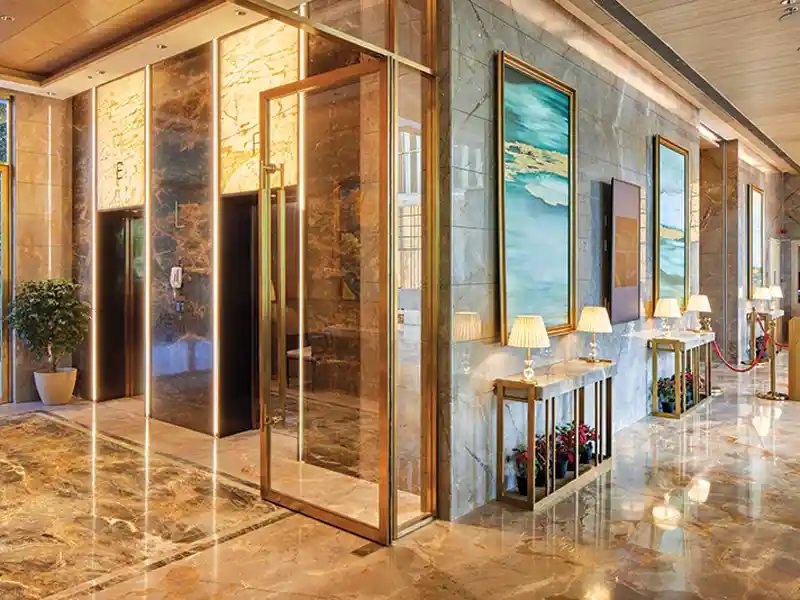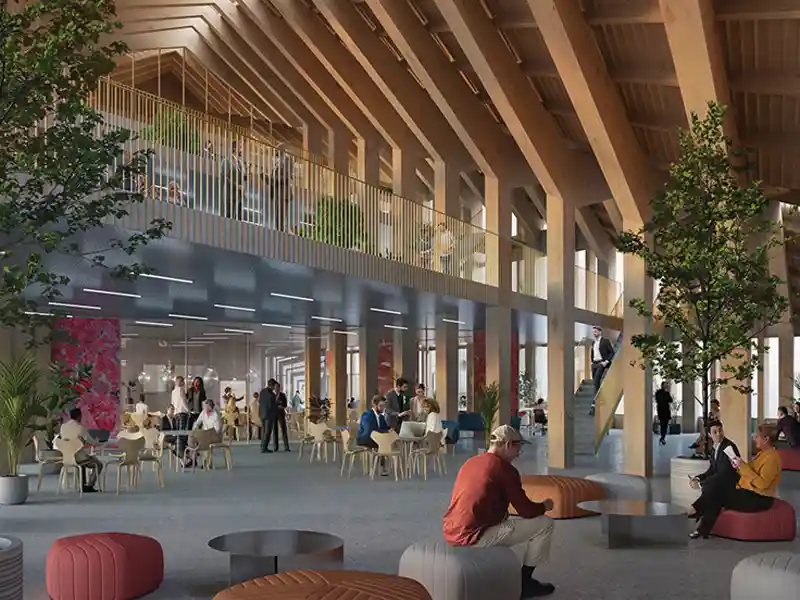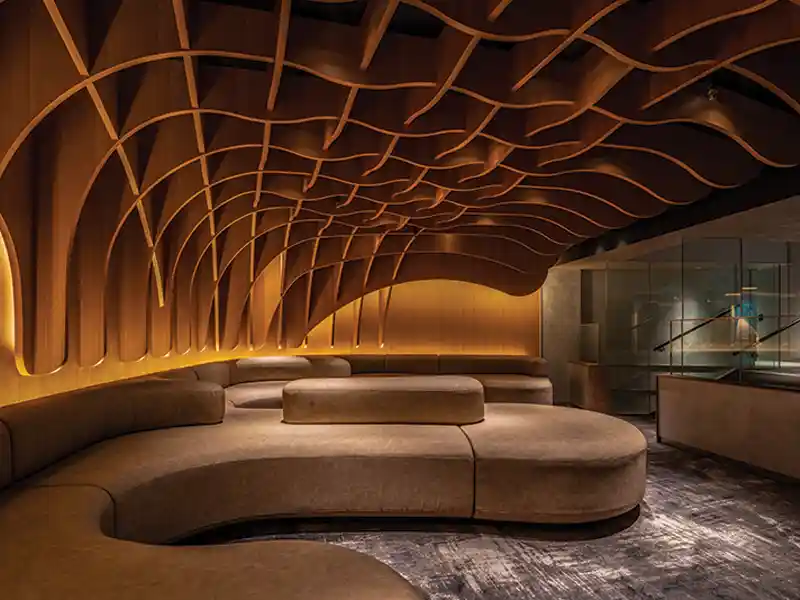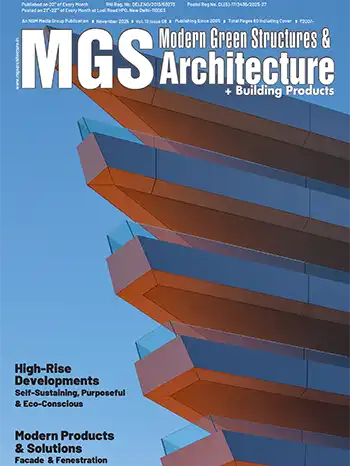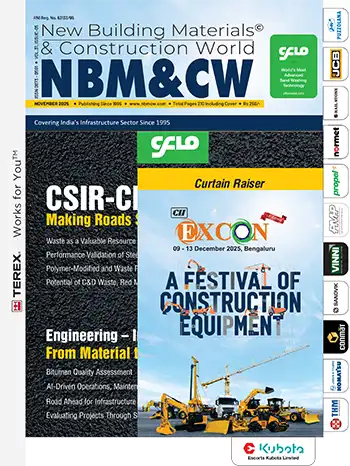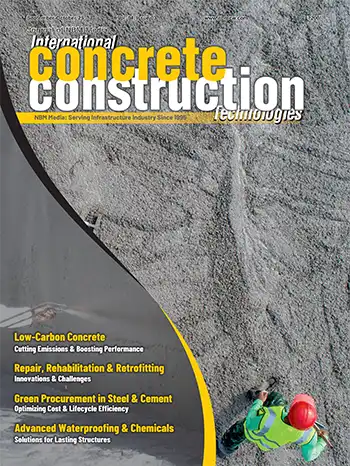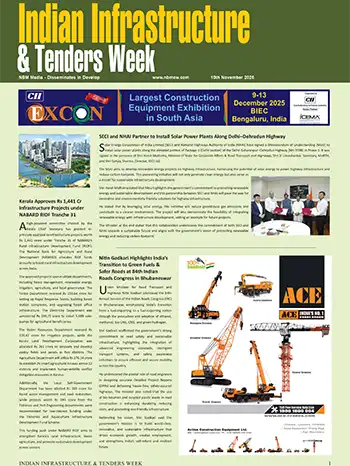As architects, the onus is also on us to create efficient, eco-friendly structures that conserve resources and promote a circular approach to construction.
Gurpreet S. Shah, Principal Architect, Creative Group
A well-designed building minimizes material and construction waste through smart planning and sustainable techniques. Modular construction and prefabrication reduce excess cutting, ensuring efficient material use. Adaptive reuse of old materials and deconstruction-friendly designs allow components to be repurposed.
Digital tools like BIM enhance precision, preventing over-ordering. Using recycled and locally sourced materials lowers waste, while extending a building’s lifespan reduces demolition debris. By integrating these strategies, architects create efficient, eco-friendly structures that conserve resources and promote a circular approach to construction.
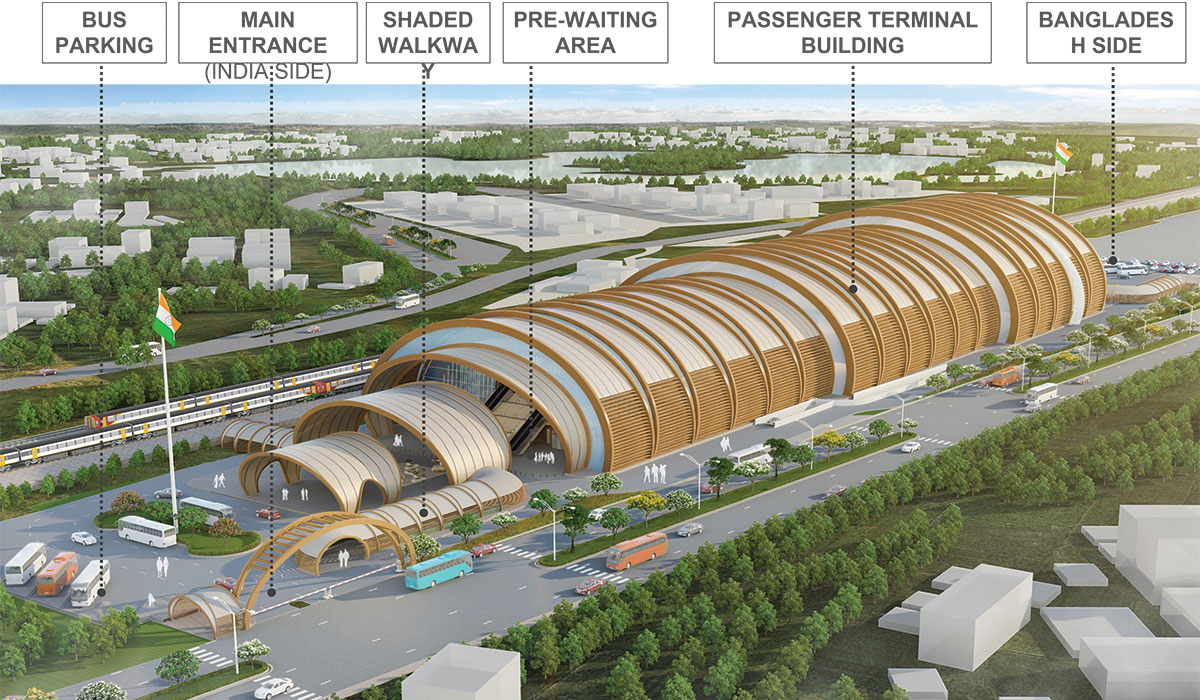
To reduce construction waste and increase material efficiency, various technologies and innovative measures can be adopted: Building Information Modeling (BIM) enhances precision in design, reducing errors and material waste. Modular & Prefabricated Construction minimizes on-site waste by producing components in controlled environments. 3D Printing: Uses exact material quantities, reducing excess and enabling recycled material use. Deconstruction & Material Reuse allows salvaging materials for new projects. AI & IoT in Construction optimize material management and waste reduction. Utilizing recycled, bio-based, or low-impact materials makes projects sustainable.
Our New Passenger Terminal Building at Petrapole in West Bengal, is designed with modular construction in mind. Prefabricated components—tensile fabric roofs, aluminium louvers, polycarbonate sheets—are crafted off-site, ensuring that construction is swift, precise, and, most importantly, waste-free.
The terminal is a naturally daylit space, where energy consumption is minimized and the atmosphere is always bright and welcoming. The cascading tunnel-like form is not only visually striking but also strategically designed to reduce heat gain and improve passive cooling, eliminating the need for excess insulation and energy-intensive.


